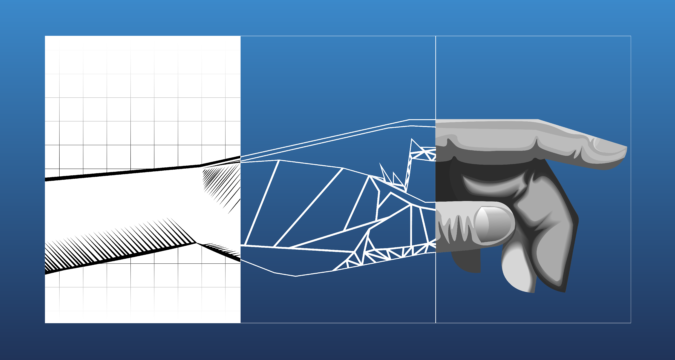What Most People Don’t Know About 3D Animation
Many people across the world enjoy 3D animations by Pixar and Disney for their humor and the endless things that can be done with the power of computer animation. What most people do not care to think about is the time and effort that goes into creating these works. As a former animation major who has made both 3D and 2D animations, and also worked in the many sub-specialties of the profession, I see a need to reveal the sheer amount of work put into these projects and the struggles within the line of work.
One of the major misconceptions about animation is the thought that animators just make the character move across the screen. While this is true to some extent, animation majors come out of school specialized in some steps of the process of making an animated film. These specialties include animating characters and the scene, but also the process of modeling the objects, texturing those objects, lighting the scene and rigging the models.

Each of these specialties are important to the final product — without them, there may be delays in the project or a lower quality final product. The lighting of scenes and the texturing of the objects in those scenes are obviously important. What the average person doesn’t understand is how important character modeling and rigging is.
The modeling of characters in a 3D space is basically the backbone of most animations since it determines the style the animation will take and how easily you can do other processes down the road. More detail in models can make the computer take hours longer to process the objects in some cases, while overly simple objects can make it harder to animate more detailed processes.
While the other steps can mostly be interpreted, one of the most underrated steps that’s crucial for any animation is the rigging of characters and objects. To put it simply, rigging is the process of enabling a character or object to move easily with built-in controls and presets. This process can take anywhere from a day to over a week, depending on the complexities of the model and what the animator wants to do with the character.
The only constant thing in animation is the guarantee of large spikes of work during deadlines — some people can spend several days in a row working sixteen-hour shifts and sleeping under their desks. Other than these spikes of activity, most everything is in flux for animators due to the limited number of projects a company is working on at any given time.
A key instinct ingrained into most animators is the need to always be networking with other people in the same field if you want to remain employed. The industry has more workers than it has jobs, meaning only those with connections and a true passion to continually improve will get work. Competition comes not only in the form of job prospects but also in determining who will animate which scenes, with the better or more well-connected animators getting the product’s most important scenes.
While animations can take thousands of man-hours and upwards of six years to go from concept to finished product, it is rewarding for many in the industry. In the end, it feels like creating a sculpture that gets up and just comes to life — and makes a large number of people happy.
Here you can find 3D models that you can use for animation projects.
